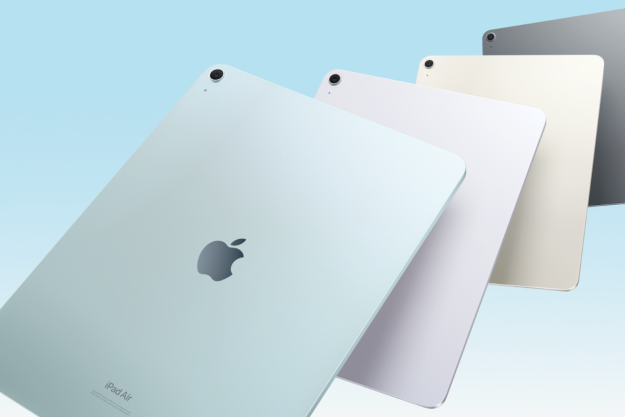Dual cameras are certainly one of the biggest smartphone trends this year, with Huawei and LG already in on the game, and even Apple rumored to be following in the near future. However, it’s Chinese brand Xiaomi that’s next in line with a dual-lens cam, which is the standout feature on its new Redmi Pro smartphone.
The two lenses perform different tasks on the Redmi Pro. The top lens, which is a 13-megapixel Sony supplied IMX258 sensor, takes still images as usual, while a 5-megapixel Samsung lens underneath takes in depth of field information. What does this mean? The background in your pictures can be blurred out, to give that cool “bokeh” effect that’s usually reserved for DSLR cameras with special lenses.
Xiaomi has left the depth of field processing down to a dedicated ImagiQ image processor, and clever software lets you mess around with focal points on the picture, so you can get exactly the look you want after taking the shot. We’ve seen this technology before, most recently on the Huawei P9, and before that on ZTE and HTC phones. In addition to the rear cameras, the Redmi Pro has a wide-angle, 5-megapixel front camera.
The camera lenses are mounted inside a brushed aluminum body, with chamfered edges, and a 5.5-inch OLED screen on the front that’s covered in 2.5D shaped glass. Xiaomi hasn’t used OLED display technology on its phones before, but its recently released Mi Band 2 fitness wearable does use a tiny OLED screen. Xiaomi promises a very high contrast ratio, and vivid colors from its new display. Underneath the screen is a fingerprint sensor.
Xiaomi is calling the Redmi Pro its most powerful entry into the Redmi range yet, with a monster MediaTek deca-core processor inside that’s 30 percent more efficient than other similar chips. There’s 4GB of RAM to help out, although some models come with 3GB or RAM and a choice of 32GB, 64GB, or a very generous 128GB of internal memory. If you choose the cheapest 32GB model, it has 3GB of
There are three colors — gold, silver, or dark grey — and the Redmi Pro costs from around $225 to $300, depending on spec and storage. The release date has yet to be confirmed, but don’t expect it to be available outside of China or Xiaomi’s other markets when it does hit the shelves.


